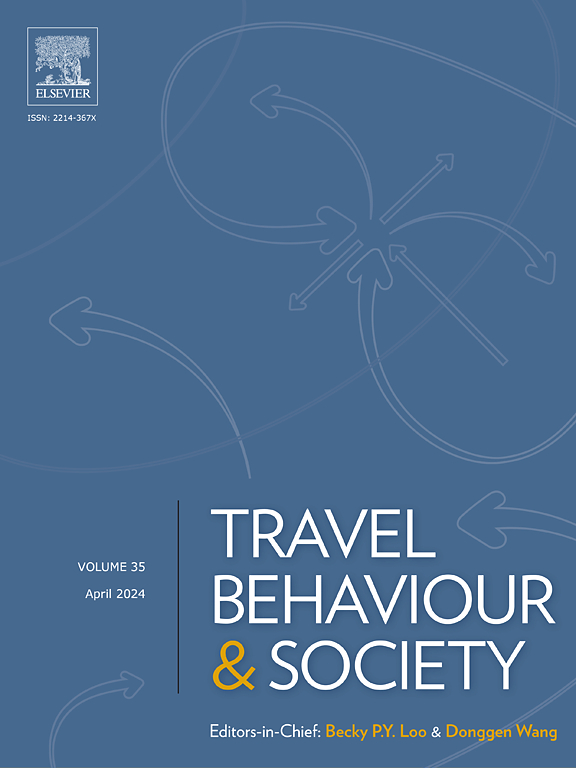高铁带来的文化经济机遇
IF 5.1
2区 工程技术
Q1 TRANSPORTATION
引用次数: 0
摘要
文化经济包括文化场所和设施的开发,也包括人力资本和教育等方面。鉴于文化部门的中心地位日益增强,获得文化机会被认为是任何欧洲城市成功的关键。根据泛欧交通网络政策,高速铁路(HSR)将成为几个多式联运走廊的骨干。一旦投入运营,高铁有望成为连接欧洲大陆大都市地区和主要城市的有竞争力和可靠的解决方案。尽管科学文献已经广泛讨论了高铁减少旅行时间和成本,以及对地域的影响,但其对文化经济机会的影响尚未得到调查。为了解决这一问题,本研究提出了一种通过高铁评估文化经济可达性的方法,并将结果与传统铁路服务和汽车进行比较。首先,从欧盟的文化和创意城市监测中选择指标来定义文化经济。然后,通过出行成本法对高铁的相对可达性和绝对可达性进行了评价。该方法在意大利东北部城市进行了测试,结果表明可达性普遍提高。主要受益者是靠近主要节点的中型城市,这表明设想中的大范围高铁网络公平地分配了利益,与“隧道效应”相矛盾。这些结果对政策制定者来说很有价值,因为它们让人们更清楚地了解高铁对特定路段的交通方式转变和出行行为的潜在影响。本文章由计算机程序翻译,如有差异,请以英文原文为准。
Accessibility to cultural economy opportunities by high-speed rail
Cultural economy includes the exploitation of cultural venues and facilities, as well as aspects related to human capital and education. Given the increasing centrality of the cultural sector, accessibility to its opportunities is considered crucial for the success of any European city. According to the Trans-European Transport Network policy, High-Speed Rail (HSR) will be the backbone of several multimodal corridors. Once operational, HSR are expected to become a competitive and reliable solution to connect metropolitan areas and main cities within the European continent. Although the scientific literature has extensively discussed the reduction in travel time and cost, as well as the territorial impacts of HSR, its implications on cultural economy opportunities have not been yet investigated. To address this issue, this study proposes a method for evaluating accessibility to the cultural economy through HSR, comparing results with conventional rail service and the car. First, indicators from the European Union’s Cultural and Creative Cities Monitor are selected to define operatively the cultural economy. Then, the relative and absolute accessibility of HSR is assessed through the travel-cost approach. Testing the method to cities in northeastern Italy, results indicate a general increase in accessibility. The primary beneficiaries are medium-sized cities located close to the main nodes, thus suggesting that the envisioned widespread HSR network distributes the benefits equitably and contradicting the “tunnel effect”. These results are valuable for policymakers, as they provide a clearer understanding of the potential impact of HSR on modal shift and travel behaviour for a specific segment of trips.
求助全文
通过发布文献求助,成功后即可免费获取论文全文。
去求助
来源期刊

Travel Behaviour and Society
TRANSPORTATION-
CiteScore
9.80
自引率
7.70%
发文量
109
期刊介绍:
Travel Behaviour and Society is an interdisciplinary journal publishing high-quality original papers which report leading edge research in theories, methodologies and applications concerning transportation issues and challenges which involve the social and spatial dimensions. In particular, it provides a discussion forum for major research in travel behaviour, transportation infrastructure, transportation and environmental issues, mobility and social sustainability, transportation geographic information systems (TGIS), transportation and quality of life, transportation data collection and analysis, etc.
 求助内容:
求助内容: 应助结果提醒方式:
应助结果提醒方式:


